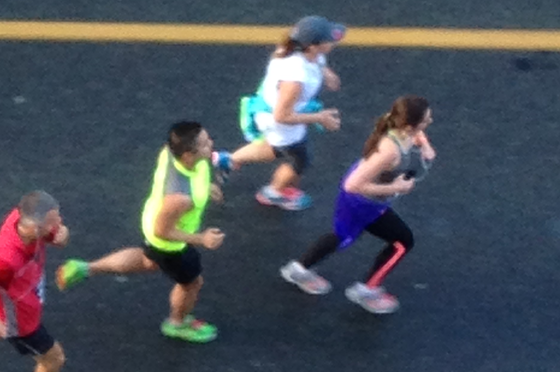The second section on the assembled reader and the “Search for Best Method” followed a period of intensity spurred by concern that reading failures were growing and a belief that researchers should identify the best method for teaching beginning reading. It was as if there was a race between approaches in hopes of a “silver bullet”. The race was wrought with difficulties and problems that provided more questions than answers. In terms of readers, it is a period when reading development involved a scope and sequence of skills as if readers could be assembled.

